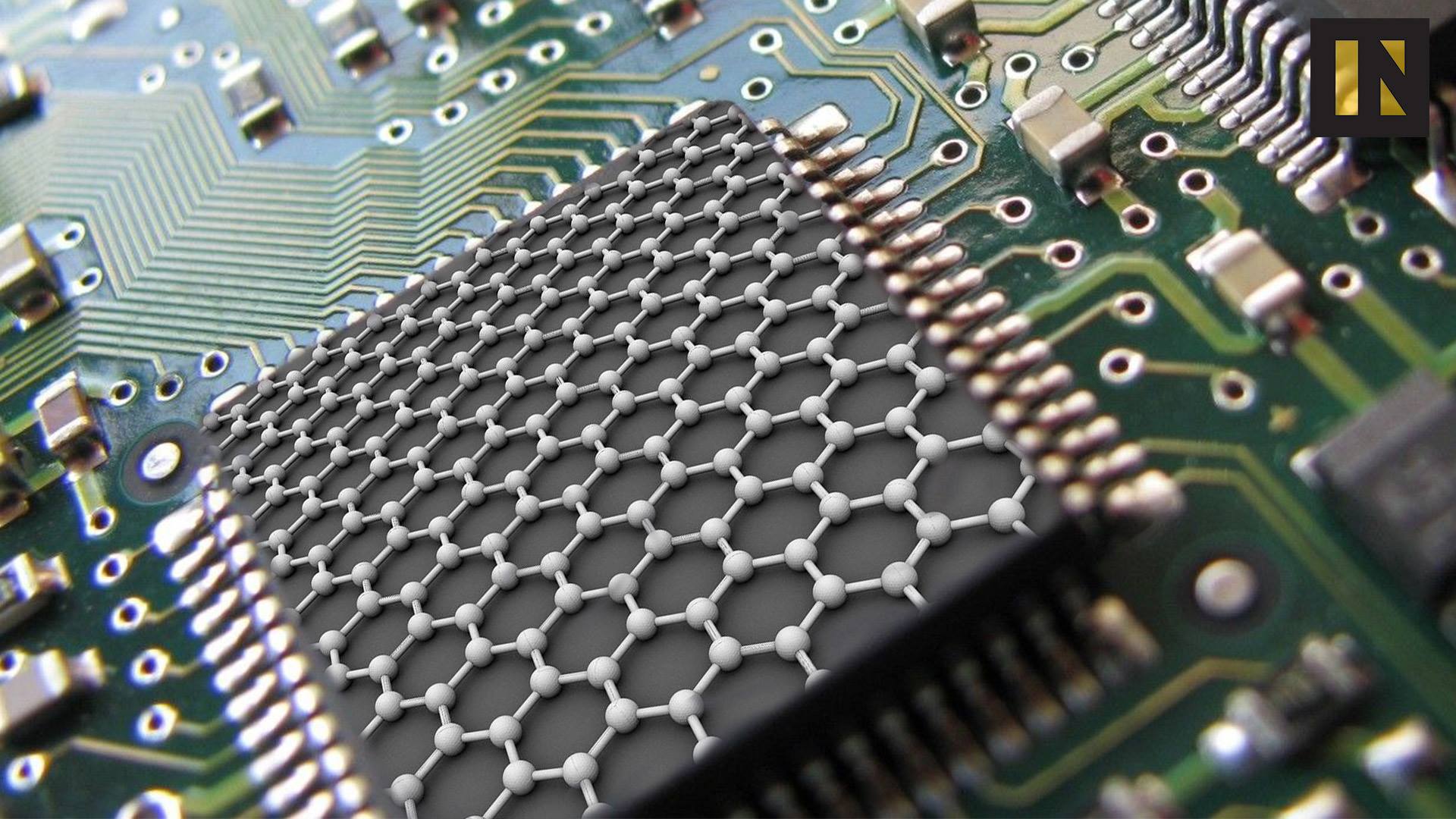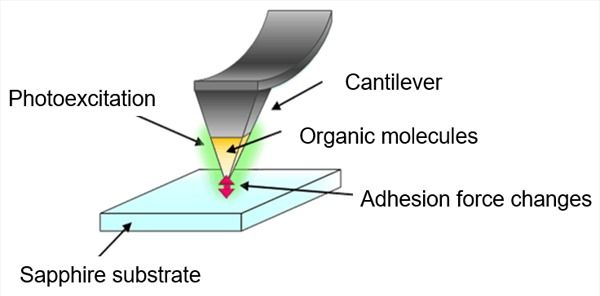![]()
The majority of quantum dot (QD) blinking studies have used a model of switching between two distinct fluorescence intensity levels, “on” and “off”. However, a distinct intermediate intensity level has been identified in some recent reports – a so-called “grey” or “dim” state, which has brought this binary model into question. While this grey state has been proposed to result from the formation of a trion, it is still unclear under which conditions it is present in a QD. By performing shell-dependent blinking studies on CdSe QDs, we report that the populations of the grey state and the on state are strongly dependent on both the shell material and its thickness. We found that adding a ZnS shell did not result in a significant population of the grey state. Using ZnSe as the shell material resulted in a slightly higher population of the grey state, although it was still poorly resolved. However, adding a CdS shell resulted in the population of a grey state, which depended strongly on its thickness up to 5 ML. Interestingly, while the frequency of transitions to and from the grey state showed a very strong dependence on CdS shell thickness, the brightness of and the dwell time in the grey state did not. Moreover, we found that the grey state acts as an on-pathway intermediate state between on and off states, with the thickness of the shell determining the transition probability between them. We also identified two types of blinking behavior in QDs, one that showed long-lived but lower intensity on states and another that showed short-lived but brighter on states that also depended on the shell thickness. Intensity-resolved single QD fluorescence lifetime analysis was used to identify the relationship between the various exciton decay pathways and the resulting intensity levels. We used this data to propose a model in which multiple on, grey and off states exist whose equilibrium populations vary with time that give rise to the various intensity levels of single QDs, and which depends on shell composition and thickness.
View: PDF | PDF w/ Links.
Read more















